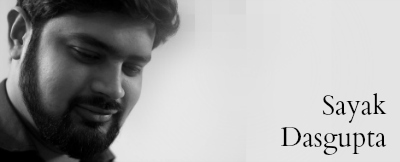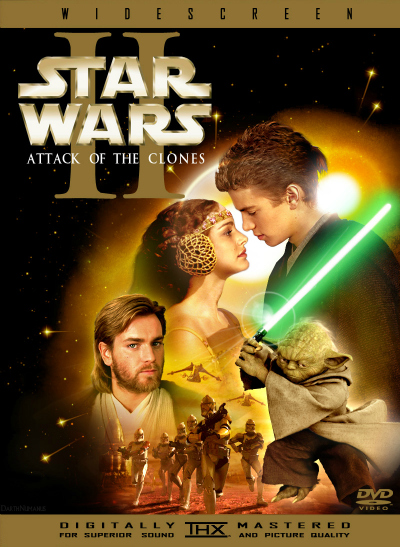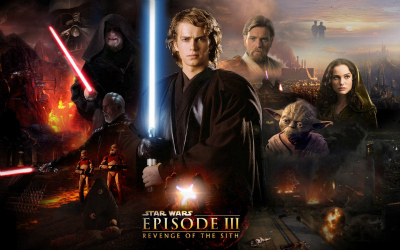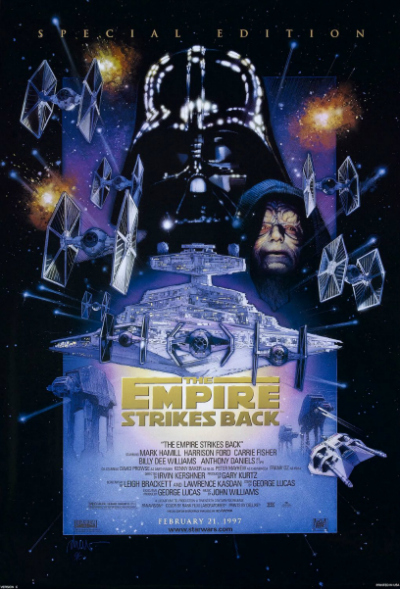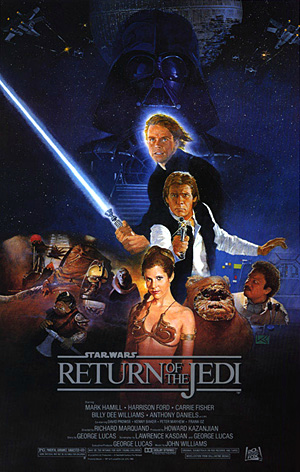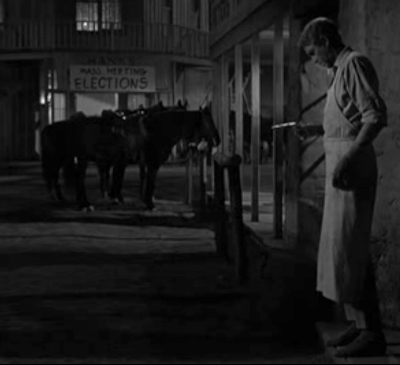(The criminal trial has proved to be a most useful literary, dramatic, and cinematic device. It finds place in some of humanity’s earliest texts and in some of its greatest – Shakespeare and Dostoyevsky for example, made abundant use of the criminal trial to explore good and evil and the complexities of justice and judicial decision-making. Cinema too has found it hard to resist the lure of pitting individuals and belief systems against each other in a courtroom. In Camera is Sayak Dasgupta’s series of essays that examine the depictions of trials in cinema. He will look at how filmmakers have chosen to use trials and the criminal justice processes and what those depictions tell us about their view of cinema and the societies they made those films for.)
It’s one of the most potent and lasting images in Indian cinema: Sunny Deol standing in a courtroom in a gown and band screaming in his eardrum-shattering, nails-on-a-chalkboard voice, the famous (or infamous, depending on how you see it) lines: “Tareekh par tareekh, tareekh par tareekh, tareekh par tareekh, tareekh par tareekh milti rahi hai! Lekin insaaf nahin mila, milord! Insaaf nahin mila! Mili hai to sirf yeh tareekh!” followed by a peculiar sound effect that resembles the cracking of a whip. Every time Sunny Deol shrieks “tareekh” the whip-sound is used to underline the point. These lines have become, for better or worse, a cultural milestone. Rajkumar Santoshi’s Damini is perhaps most well known for just this one scene. The sentiment expressed in that piece of dialogue is reflected by several members of the legal community. In a myLaw interview, Soli Sorabjee himself called adjournments “the greatest curse” plaguing the judiciary. But it isn’t what was said in that scene in Damini that is interesting. It is how it was said.
Trial and error
The trial in Hindi cinema is a strange creature. Often it has almost no connection with reality. While the courtroom is a place governed by exceedingly strict rules of procedure, evidence, and conduct, all rules are suspended in the Bollywood version. Anyone can walk into the courtroom and offer testimony in the form of dramatic monologue, new facts and witnesses can be presented as a surprise element, a lawyer can pick up a bottle of medicine that has been presented as material evidence and drink it up to prove that it is not poison, and, as in the case of Damini, a defense attorney can even conduct his own version of a police lineup in the courtroom by presenting a bunch of men, faces covered in Holi colours, and shoving them onto the witness. There were several moments in the movie that made me clutch my head and exclaim, “What the hell is going on here?” But I don’t want to write about the legal and procedural inaccuracies in Hindi films. Films from all over the world have always played fast and loose with how legal systems work. Instead, I want to observe how the trial process has been represented in popular Hindi cinema and understand what that says about our collective perception of our system of dispensing justice. I decided to start with Damini simply because the lines from the film that I have mentioned above have left such an indelible mark on the Indian filmgoer’s psyche that even 23 years after the release of the film, they are still the first lines that come to mind when you mention law and film in the same sentence. Last year, we had conducted a light-hearted contest in which we had asked our followers on Facebook and Twitter to send in Dubsmash videos of themselves mouthing lines from any law-related movie. Over 80 per cent of the entries were of people vigorously enacting Sunny Deol’s “tareekh par tareekh” primal scream. Most of them were law students who hadn’t even been born when Damini was released.
But despite the incredible staying power of its dialogues, I realised that Damini is a very typically melodramatic ‘90s Bollywood movie that hasn’t aged very well. While it certainly means well with its strong denunciation of the treatment of women in India, it is often unbearably clunky and heavy handed.
*SPOILERS AHEAD*
The story so far
To briefly recount the story, Damini (Meenakshi Seshadri) is a small town girl who belongs to a lower middle class family. She is spotted by Shekhar (Rishi Kapoor), the son of a major industrialist from Bombay, and it’s love at first sight. Shekhar marries her and takes her to Bombay, but his family treats her more like a servant than a bahu. She befriends and becomes very close to the maid, Urmi (Prajakta Kulkarni). Several days go by and one day when the family is celebrating Holi at home, Damini witnesses Shekhar’s brother Rakesh (Ashwin Kaushal) and his friends raping Urmi. She tries to stop them but fails as they push her out of the room and lock the door. She rushes to get Shekhar and when the both of them manage to break the door, the rapists pick up a now unconscious Urmi, drive her away in a car and dump her at the side of a road. When the police come to question the family, they claim that the rape had not occurred in their home and that they had no knowledge of it. Shekhar convinces Damini to lie as well. However, Damini’s conscience eventually compels her to tell the truth to the police. Shekhar’s father, Mr. Gupta (Kulbhushan Kharbanda), hires “Barrister” Indrajit Chaddha (Amrish Puri), a suspender-snapping, hair-flicking, unscrupulous, slimy shyster as his son’s defence attorney. The trial begins.
 It is interesting to pause here and note that the first lawyer we are introduced to is the utter embodiment of evil, representing absolutely every negative cliché in existence about a lawyer. Far be it from the film giving us a more complex lawyer character who must painfully grapple with the moral dilemma of representing a rapist, we are given evil incarnate, a man who actually believes that rape is no big deal and will go to any lengths to get his client off. A man we can safely hate. When the trial begins, neither the victim nor the accused are seen in court. The victim is in the hospital because of the severe injuries she has sustained from the rape. But the accused? There’s no explanation for their absence. What we see instead is Damini on trial. I found this erasure quite bizarre. Damini could have been the story of a rape survivor’s fight for justice. Instead, the story relegates the rape victim to the sidelines in her own case. In fact the victim doesn’t even survive the trial.
It is interesting to pause here and note that the first lawyer we are introduced to is the utter embodiment of evil, representing absolutely every negative cliché in existence about a lawyer. Far be it from the film giving us a more complex lawyer character who must painfully grapple with the moral dilemma of representing a rapist, we are given evil incarnate, a man who actually believes that rape is no big deal and will go to any lengths to get his client off. A man we can safely hate. When the trial begins, neither the victim nor the accused are seen in court. The victim is in the hospital because of the severe injuries she has sustained from the rape. But the accused? There’s no explanation for their absence. What we see instead is Damini on trial. I found this erasure quite bizarre. Damini could have been the story of a rape survivor’s fight for justice. Instead, the story relegates the rape victim to the sidelines in her own case. In fact the victim doesn’t even survive the trial.
As the only witness who is willing to come forward Damini is put up on the stand and Chaddha proceeds to prove that she is insane. He does this by getting Shekhar’s family and Damini’s own father (Anjan Srivastav) to cook up false stories. He does not produce a single psychiatrist, doctor, or medical document to prove her insanity. Which seems to be fine with the court. Thanks to Chaddha’s cunning plan, Damini is committed to a mental facility, her testimony is discredited and the accused are released. At a later stage he encourages his client to get Damini murdered. Once again, it’s important to note here that Chaddha is not just following his client’s orders here. He is actively hatching the evil plots and advising his client to do evil things out of his own innate evilness. What we need to keep in mind here is that the film shows him as “the lawyer”. He is referred to as “Barrister” and at one point Sunny Deol calls him “kanoon ke dalal”.
The question of agency
The fact that the protagonist of Damini is a woman witness who battles against all odds to get justice for the wronged is in itself quite revolutionary, but as I said earlier, the film doesn’t age too well. The language of the film is steeped in the traditions of the popular movies of the late ‘80s and early ‘90s. Although Damini seems to be a talented dancer, she seems to have no ambitions of making a career out of it. In fact, she seems to have no career ambitions at all despite being quite intelligent, independent, and educated. When she marries Shekhar, she immediately becomes a housewife and everyone settles down in their traditional gender roles,  no questions asked. In one scene, Damini says to Urmi, “Pati ko apne hee haath se pakaake khilaane mein bahut sukh milta hai. (It is a great pleasure for a wife to cook for her husband.)” All of this seems jarringly dated in the age of films like Kahaani and Queen. Her daring act of pure agency is when she defies the family and goes to the police to reveal the truth about the rape. But even here it is revealed that the police and other interested parties are actually using her as a pawn in a larger game of deceit and intrigue. The very act that gave her some agency is completely undermined. Throughout the movie Damini is used, manipulated, harassed, humiliated, and imprisoned. Her other act of agency comes when she escapes from the mental asylum. She is chased through the streets by Rakesh and his friends until she runs into Govind (Sunny Deol), who saves her and becomes her protector. Damini running to Govind for protection, standing behind him, and peering nervously over his shoulder while he faces her assailants in all his manly glory is another recurring image in the film. It seems very obvious that Damini has been turned into a victim. From the moment Govind enters the film, he becomes the archetypical male protective force and the mover of the plot.
no questions asked. In one scene, Damini says to Urmi, “Pati ko apne hee haath se pakaake khilaane mein bahut sukh milta hai. (It is a great pleasure for a wife to cook for her husband.)” All of this seems jarringly dated in the age of films like Kahaani and Queen. Her daring act of pure agency is when she defies the family and goes to the police to reveal the truth about the rape. But even here it is revealed that the police and other interested parties are actually using her as a pawn in a larger game of deceit and intrigue. The very act that gave her some agency is completely undermined. Throughout the movie Damini is used, manipulated, harassed, humiliated, and imprisoned. Her other act of agency comes when she escapes from the mental asylum. She is chased through the streets by Rakesh and his friends until she runs into Govind (Sunny Deol), who saves her and becomes her protector. Damini running to Govind for protection, standing behind him, and peering nervously over his shoulder while he faces her assailants in all his manly glory is another recurring image in the film. It seems very obvious that Damini has been turned into a victim. From the moment Govind enters the film, he becomes the archetypical male protective force and the mover of the plot.
 Who do the lawyers represent?
Who do the lawyers represent?
Govind is also a lawyer, but the film goes to quite some length to show that he isn’t really a “lawyer”. When Damini runs into him, he has quit the law, disgruntled and disillusioned by its failure to help him get justice for his dead wife. He constantly speaks of himself as an outsider to the profession and refers to the system as a tool in the hands of the rich and powerful. One can’t help but come to the conclusion that he is supposed to represent the voice of the frustrated masses dressed in a gown and band only so that it can find a place inside the courtroom.
This polarised positioning of the two lawyers seems to perpetuate a dangerous myth about the legal profession: that lawyers always agree or sympathise with whomever they represent, otherwise they would not take the case. This patently false assumption often leads to prosecutors being held as heroes and defence attorneys being considered villains by the layman.
As the literal (screaming) voice of conscience in the film, Govind is supposed to be representing us all in that courtroom. Through his wit, intelligence and guile, he is able to take on Chaddha’s most cunning moves and thwart them in court. Isn’t that the dream? Throw out the rules and regulations and we could all be Govind. If it weren’t for all those bothersome procedures we could all just put on a gown and band and give stirring speeches in the courtroom and defeat our enemies by the sheer force of our intellect. However, bring in all the rules and procedures, and lawyers like Chaddha win. American movies based on the law tend to emphasise a lot more on rules than Indian ones. Whether it is a light-hearted jaunt like My Cousin Vinny or a serious drama like A Few Good Men, procedure plays a critical role in the Hollywood depiction of a trial. The fact that cases can be won or lost on procedural technicalities has been drilled into the American audience’s mind, so much so that entire TV shows like How To Get Away With Murder, Law & Order, and The Practice can be largely based on how procedural intricacies can frustrate or help lawyers. For the American audience, the courtroom is a battlefield or a competitive arena where strict rules make for riveting games and clever strategies.
For the Indian audience, on the other hand, the courtroom is a theatre where the drama unfolds. In many Indian films based on legal trials one gets to see the spectacle of a person, not necessarily a lawyer, giving a long uninterrupted speech while animatedly walking around the entire room, followed by thunderous applause from the people sitting and watching the performance. Indeed, Govind’s “Tareekh par tareekh” speech in Damini gets a standing ovation in the courtroom. We like to see ourselves in the dramatis personae, hear our voices emanating from their mouths. The film trial, for us, is meta-theatre – we want to be surprised, delighted, enraged, shocked, moved; we want a satisfying denouement. We want to believe that within this courtroom anything can happen, and above all justice, or at least our conception of it, will be served. We expect from the trial everything that we expect from the film itself.
Damini starts off with a quote from none other than India’s most famous lawyer, Mahatma Gandhi:
“There is a higher court than courts of justice and that is the court of conscience. It supersedes all other courts.”
This is a line that is repeated right at the very end of the film by the judge who is presiding over the trial as he congratulates Damini and commends her for her courage, integrity, and strength of will. But it also sets the tone of the film and perhaps frames our films’ attitude towards our judicial system. Isn’t it quite an awkward paradox? In the court of public opinion our actual courts of justice don’t stand a chance.
(Sayak Dasgupta wanders around myLaw.net looking for things to do.)


